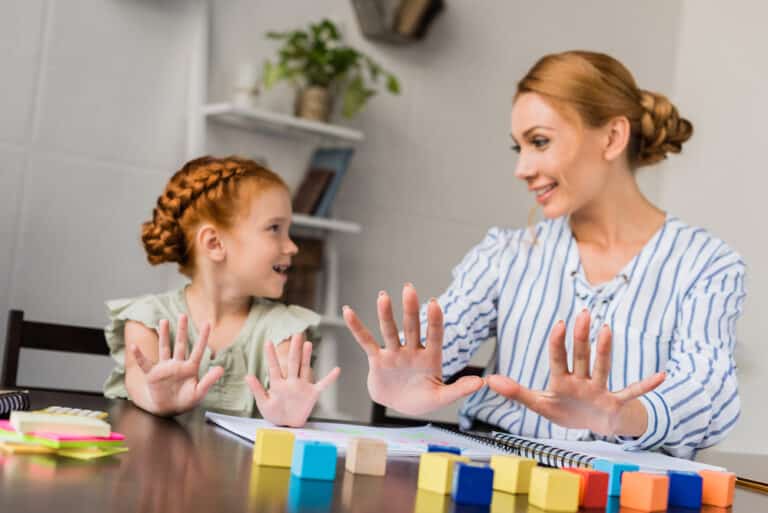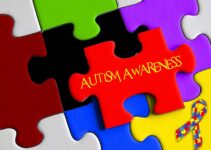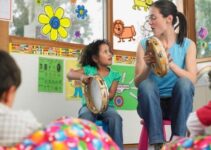As an Early Childhood Educator and expert in the field, I integrate math skills with my students in every lesson and activity that I plan. Sometimes these skills are planned into the lesson and sometimes I just add them in “spur of the moment.”
In our ever-increasing world of digitization and with the growing trend of learning at home due to the pandemic, now more than ever, it is important to surround our young children with learning opportunities introduced through everyday playtime at home.
In this article we will be exploring the five main mathematic milestones for preschool-age children, while suggesting preschool math activities to help reach them.
These are hands-on math activities for preschoolers that parents can integrate into everyday learning activities with their kids at home. Doing so will give your child the mathematic stepping stones they need to promote their learning in preschool and beyond.
Table of Contents
Math is the subject that connects all other learning subjects and it is vital for young children to understand how it is used in the everyday world and to be able to practice it themselves in fun ways through interesting and engaging hands-on math activities.
Working math into your everyday conversations with your child will make math come to life for them and will make part of it like second nature. For example, while on a car ride, encourage your child to count all of the stop cars that they see or all of the stop signs that you come across.
When doing this you will be integrating math skills into every conversation and activity you do with your child. This will, in turn, give them the confidence they need to pursue further mathematic endeavors in school and feel comfortable with the mathematic concepts that are taught in Early Childhood Education programs across the country.
So, let’s dive in and learn about the specifics of each preschool mathematic milestone. After exploring each concept and learning about what they entail, we will explore several activity suggestions that you can easily introduce at home with your child to promote each math skill and milestone.
Before you know it, your child will independently be integrating math concepts into their playtime every day.
Number Sense
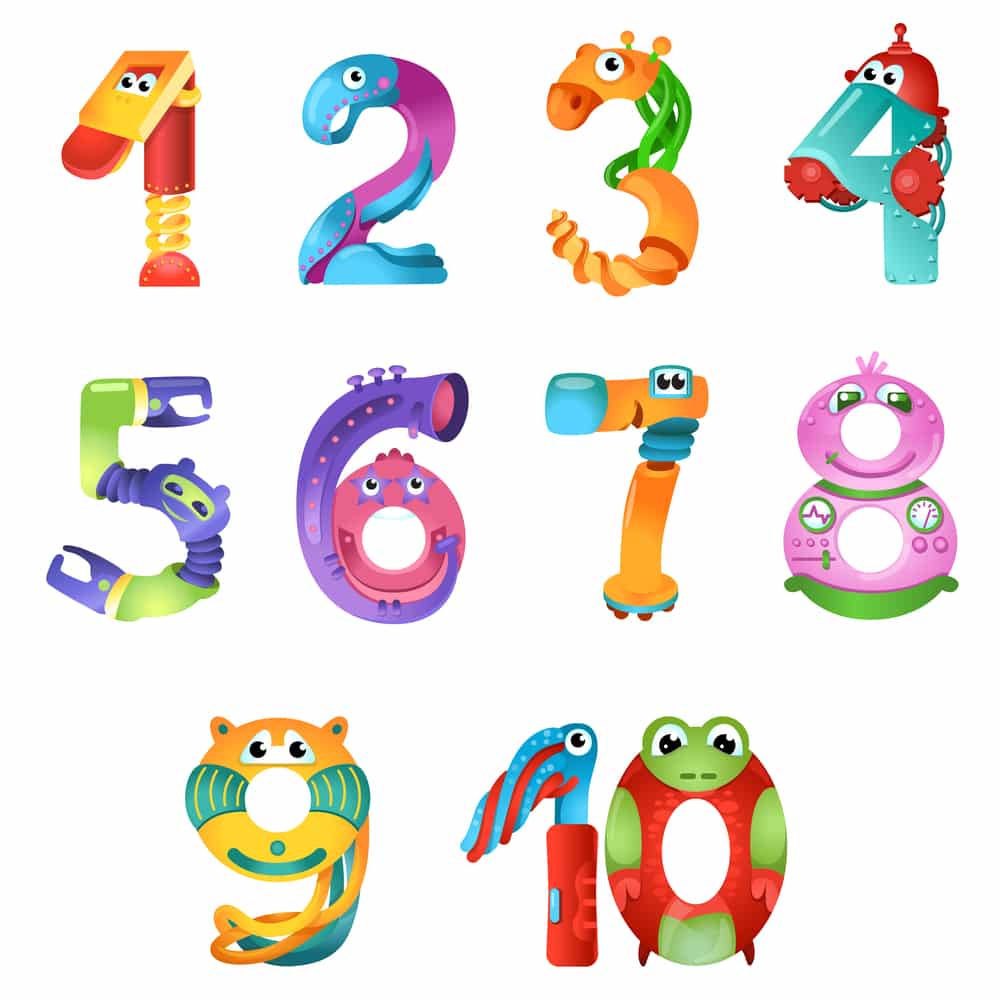
Number sense refers to a child’s ability to understand the meaning of numbers. Many people think this refers to a child’s ability to count successfully or identify numbers in their written form. However, it is so much more than that.
When a child is exhibiting well-developed number sense, they are able to understand the ins and outs of numbers themselves. For example, they are able to not only just identify the number 10 but are able to see the number 10 for what it is – a value of 10 specific things.
To teach this skill at home and practice it with preschoolers, there are countless learning activities that can be done specifically or added into aspects of everyday life, both of which can help your child understand the connection that math has to their life.
Preschool Math Activities to Encourage Number Sense
1. Tens-Frames
A tens-frame is something that can easily be handmade. It is a simple chart featuring two rows of five spaces. Kids can use tens-frames to practice breaking apart numbers and visualizing the physical sense of what each number is.
Tens-frames can easily be integrated into everyday life. For example, draw one outside on the driveway with sidewalk chalk. Then, encourage kids to fill the spaces with objects that they can find outdoors such as pinecones, leaves, or blades of grass. Have them practice their counting skills by asking them to show the number 7 on the tens-frame.
Always teach your kids to start from the top left of the tens-frame and place objects in an orderly fashion continuing from left to right and then transitioning back to the left of the second row. If kids place objects haphazardly throughout the tens-frame it will be harder for them to conceptualize the number itself.
You can also make physical tens-frames using egg cartons or ice cube trays in which kids can place objects in each section to further visualize the sense of the number.
2. Make Numbers Come to Life
A fun activity that parents can do with their preschoolers at home to further develop the skill of number sense is to cut large numbers out of construction paper.
Kids then represent each number by filling the paper number itself with objects such as stickers, drawings, or physical objects.
For example, when representing the number 3, a parent would cut out the number three with construction paper and then encourage their child to place 3 of something (stickers, pom-poms, etc.) onto the number itself to represent it as a whole.
Counting and Cardinality
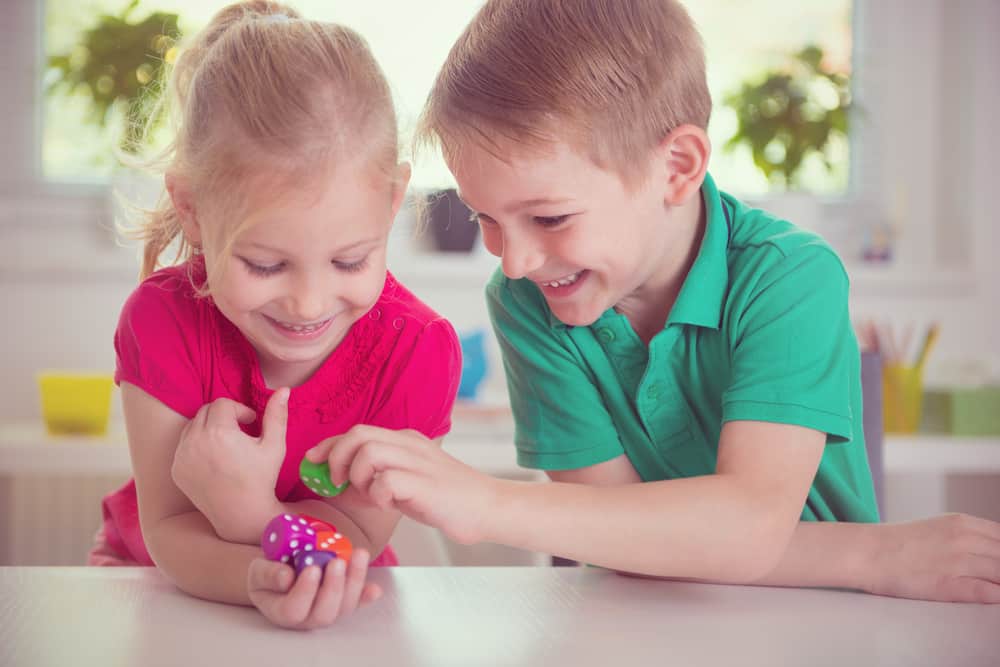
This math concept refers to a child’s ability to verbally count correctly to milestone numbers such as counting to 10 or 20 and beyond. This is also closely related to an important cognitive skill called one-to-one correspondence. This refers to a child’s ability to visualize and count objects separately while seeing them also seeing them as making a whole number.
Cardinality, which is a more advanced skill and not usually taught until Kindergarten, refers to being able to visualize and count numbers in a set (counting by 2s or 10s).
To encourage this math skill in your preschooler’s life there are several hands-on activities that you can do every day which will incorporate this skill and make it natural to them as they continue to learn.
Preschool Math Activities to Encourage Counting and Cardinality
3. Counting in Songs and Rhymes
Young children relate so well to music and rhyme. When counting is incorporated into these enjoyable hands-on math activities, they can allow preschoolers to see counting in a different light.
Songs such as:
Five Little Monkeys Jumping on the Bed
Five Little Ducks
Ten Little Dinosaurs
Use these to help your child practice counting.
Additionally, you can expand the learning promoted by these songs by acting them out with your child. Simply print out 5 monkeys, 5 ducks, and 10 dinosaurs and place them on craft sticks to help the kids follow along with the song and visualize the math concept being practiced. Using actual objects to act out the song along with your child will also promote the important one-to-one correspondence skill that so closely correlates with math milestones.
These kinds of songs will also introduce addition and subtraction skills which are math skills your child will need as they continue to develop in their mathematical understanding.
4. Fill in the Blank Number Charts
Introducing kids to number charts is a great way to promote cardinality and counting skills while also helping to practice counting.
Begin with a basic chart that counts up to ten for young preschoolers and then continue to expand the numbers as kids learn and grow.
A unique way to encourage number recognition and cardinality in young juds is to leave some of the spaces on the number chart blank. Encourage your child to count up to the blank number and identify which is the correct number to place in the sequence.
5. Dice
Dice are also a fun way to incorporate counting into a child’s life. There are several different kinds of dice, large and small, for young children. Use dice in a board game to help children determine how many spaces they will move on the board.
Identifying each number of the dice will also help kids to visualize the concept of each number and recognize the number pattern when seen in other aspects of life.
Geometric Shapes and Spatial Awareness
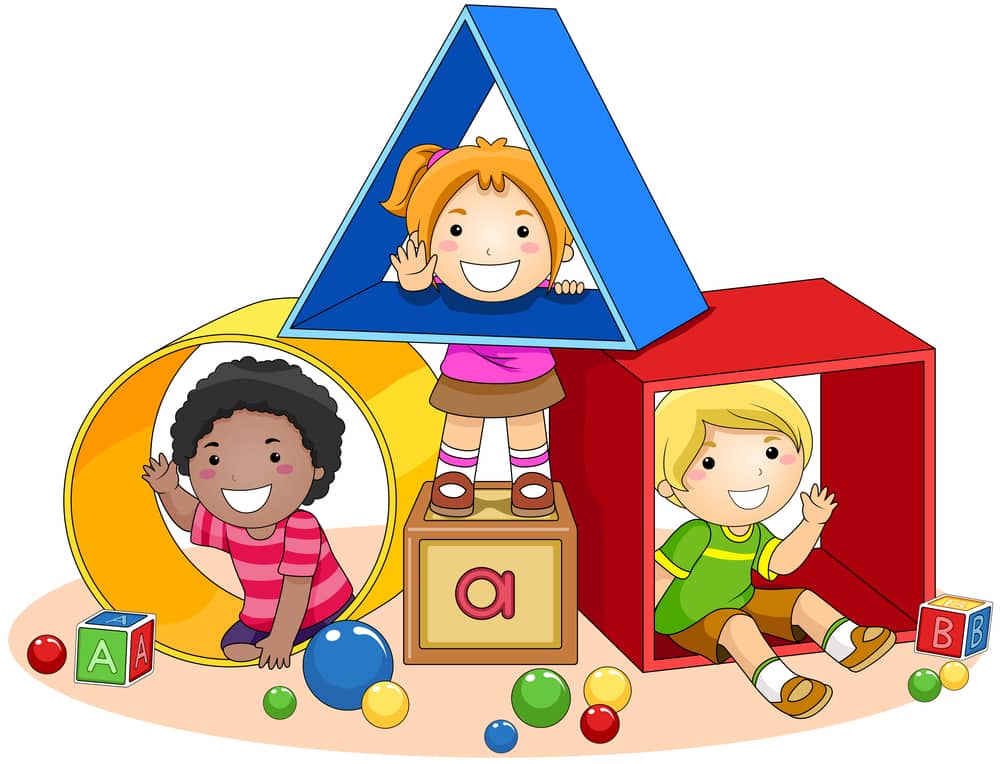
This math skill refers to a child’s ability to identify basic geometric shapes such as a circle, triangle, square, rectangle, diamond, pentagon, and hexagon. There are countless ways in which you can introduce shapes to your child and help them learn to identify them in everyday life.
Preschool Math Activities that Encourage Geometry and Spatial Awareness
6. Go on a Shape Scavenger Hunt
Make a visual list of all of the shapes you would like your child to identify on the scavenger hunt then go for either a search around the house, yard, or even take a drive in the car and help your child identify different shapes on the list.
For example, point out everyday objects in the home such as the refrigerator as a rectangle, and decorative signs in the shape of a circle. Kids love seeing connections between real life and what they are learning, it further cements the concept for them and makes it real to them. Some of the best advice I ever received as a teacher was to “teach math with hands-on activities that connect preschoolers to their world.”
7. Spatial Awareness Obstacle Course
Spatial awareness refers to a child’s ability to see and appropriately place themselves in the environment around them. It has much to do with balance, hand-eye coordination, and understanding what types of objects can fit inside another based on their shape.
A fun way to promote this skill is to build a simple obstacle course in the backyard. Children love climbing through tunnels, jumping over things, and manipulating their bodies to appropriately fit and maneuver through different places.
This kind of activity will help them to become more aware of themselves and their bodies, as well as how to move and control their bodies safely and effectively.
Measurement
Measurement in math refers to a child’s ability to differentiate between objects of different sizes, compare objects of various sizes and lengths, as well as use non-measurement objects to compare and contrast the size of different objects.
There are so many interesting and exciting ways to encourage children in their measurement skills.
Preschool Math Activities to Encourage Measurement
8. Compare Sizes
Gather a wide variety of objects that are similar in type but different in size. For example, different-sized blocks, varying lengths of yarn, different sizes and types of fruit, etc.
Have your child look closely at each object. Take two different objects and ask your child “which one is bigger or which one is longer.” Using measurement language such as, “longer, shorter, small, big, heavy, light” will help children understand how everyday objects are measured and categorized.
9. Building Block Rulers
Children of preschool age are often too young to understand how a standard ruler works. But that certainly doesn’t mean that kids of this age can’t learn measurement skills.
So, teachers often get creative with non-standard ways of measuring such as using building blocks, crayons, or even goldfish crackers which is always a fun treat!
Gather several objects of various sizes for your children to measure. Some examples might include, a pencil, a jar, a shoe, the television remote, etc.
Then, using one of our measurement suggestions such as building blocks your child will use the blocks to build up to the same length of the object itself. Then, with your help, your kids can see “how many blocks tall a pencil is,” and so on.
Once you do this you will find your inquisitive little learner using anything they can get their hands on to measure. Preschool is such an exciting time in a child’s life. An additional learning bonus that comes from this kind of preschool math activity and many other ones is that it incorporates the development of fine motor skills which refers to children learning how to control and use their hands and fingers in an increasingly precise way.
Patterning and Classifying
Last, but certainly not least, patterning and classifying are major math skills are that focused greatly upon in a child’s early years of school. This skill helps them later in life to organize and assess different situations as well as solve problems.
There are countless activities that you can do at home with your child to promote these important math skills. Here we will take a look at a couple of great ones.
Preschool Math Activities to Encourage Patterning and Classifying
10. Pattern Cards
Pattern cards for preschoolers are printable math activities that can easily be found online and are sometimes even easier to make. Using the tens-frames we discussed earlier, you can help your children fill in the spaces to make a pattern. For example, using blue and red stickers to make a pattern.
As your child learns to make a pattern, you can expand their knowledge and teach more complex patterns such as AABB patterns, ABBA patterns, and so on. These refer to the formation of the patterns themselves.
Maybe your child enjoys coloring. While coloring you can encourage your child to make an AABB pattern by choosing two colors and drawing circles in a line such as two red circles, two blue circles, two red circles, two blue circles, and so on and so forth.
You can find free printable resources on many sites online.
11. Sorting Activities
Sorting is by far one of a young child’s favorite activities. You can sort anything with your child and help them develop this skill. Sorting different objects by size is a great suggestion. Having a small, medium, and large category your children can go throughout the house and find toys that are small, medium, and large.
Practice sorting with your child by color and shape and add a double math element for your child as they are playing. Encourage them to find toys or objects throughout the home that are green or that are shaped like a square.
Important Final Note
Every little bit of encouragement and teaching you give your child at home will make a world of difference when it comes time for them to enter the classroom. Parents often don’t realize just how much a child learns at home while they are playing. In the early years, play is a child’s number one avenue of learning. As they get older, by giving them just a bit of guidance and suggestion in their play you can add so much depth and dimension to their learning that will pay off for years to come.

